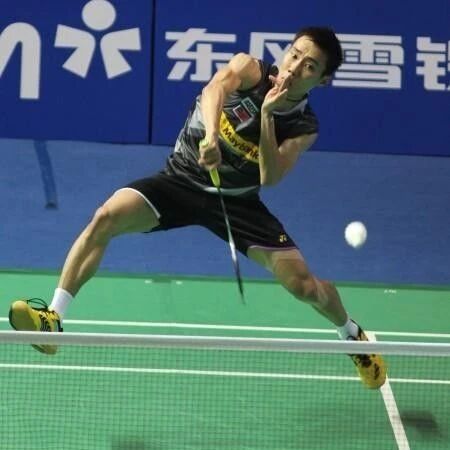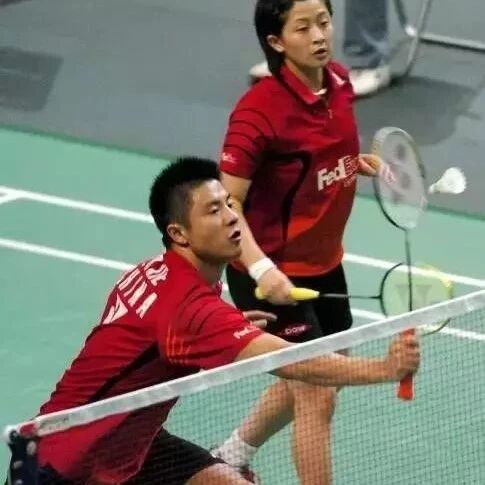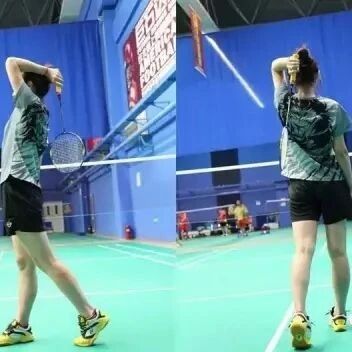Struggling even to keep up with top players? Here are 7 tips to help you master the endless art of the high, powerful shot.
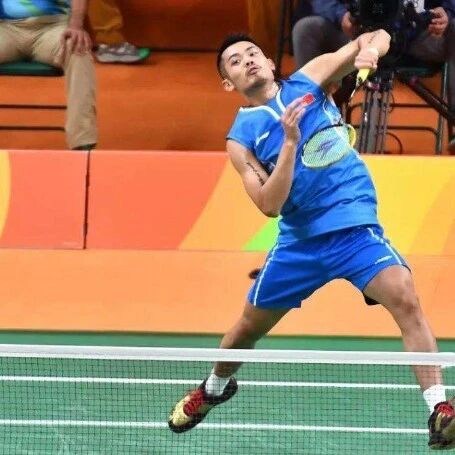

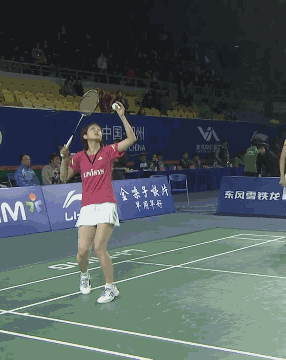
The high clear is truly a prime example of badminton technique—easy to learn, yet incredibly difficult to master. It may seem like anyone can do it, but the results vary dramatically depending on who’s holding the racket. That’s why everyone, at any time, should consistently practice the high clear.
Timing of the swing
One of the most noticeable ways high-level opponents dominate your smashes is that you always feel like your backswing is half a beat behind theirs.
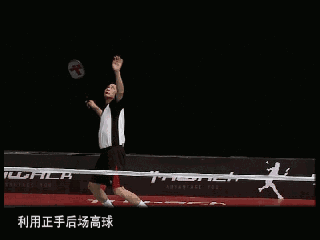
This happens because, even though your opponent’s ball speed has increased, your backswing still feels sluggish and relaxed—exactly the same as usual. The timing of your backswing is off, causing you to "rush" your hit in the later stages. As a result, you end up feeling like you’re never fully tapping into your true potential. The right approach? Shift your weight by pushing off with your right foot precisely at the moment the incoming ball starts its downward trajectory—and then initiate your backswing.
Pivoting and turning sideways
The power transfer for hitting a high, long shot begins with pushing off the ground using your right foot. When setting up the racket, keep both legs relaxed and your knees slightly bent to store energy in your body, ensuring that the force from the ground is fully channeled—and effectively transferred—to engage your core and lower torso.
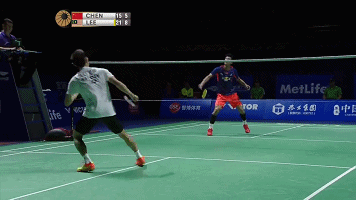
Relax your legs and keep your knees slightly bent.
When performing a serve, you should fully turn your body sideways—positioning your upper body parallel to the ball's trajectory—to maximize the swing distance.
Jump-and-strike shot
When hitting a high, long shot, jumping is essential—first, to elevate the hitting point, and second, to more easily reach an optimal strike zone.
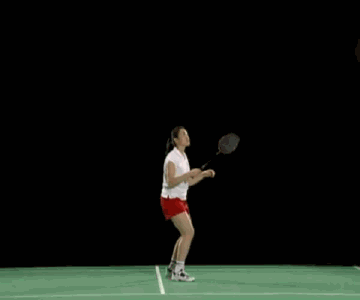
Hitting the ball without jumping from the spot places even greater emphasis on where the tip of your left foot touches the ground behind you during the sideways movement.
To ensure stability after a side-step swing, position both feet shoulder-width apart. If the tip of your left foot lands too close behind you, it can compromise your balance, as your feet will end up nearly in a straight line—one in front and one behind—after the turn. When hitting the ball without jumping from the spot, slightly lift your left foot off the ground; this helps facilitate a full, controlled backswing by allowing your body to coil effectively.
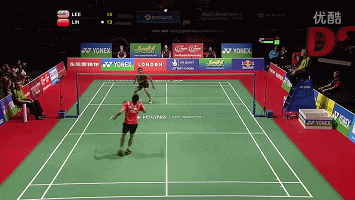
Lead the shot by pulling the shoulder
To ensure a powerful swing, you should maximize both the distance and speed of your backswing, while keeping your shoulders and chest relaxed and fully extended before making contact with the ball.
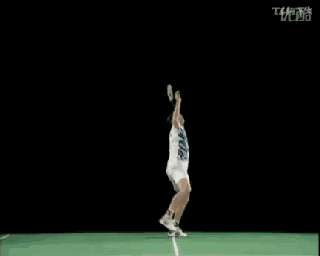
Compared to the biceps, the pectoral muscles play a more critical role in enhancing hitting power, so it’s ideal to feel a stretch in your chest muscles during the backswing.
Forearm external rotation
When initiating the swing, rotate your forearm outward as much as possible to ensure that the arm rotation during the swing imparts greater racket speed at impact.
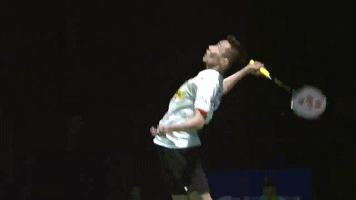
Wind-up, shoulder pull, forearm external rotation
Feel the racket's inertia—grip it firmly at the moment of impact.
When hitting a high, long shot, only grip the racket firmly at the very moment of impact.
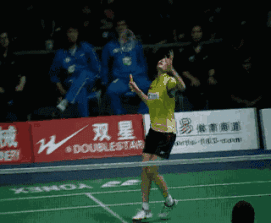
In the racket swing, both the backswing and the initial forward motion feel as though there’s nothing in your hands—allowing you to fully engage your core and abdominal muscles. Your arms naturally follow the momentum of the racket until, at the very end, your fingers lock into place to guide the racket’s impact direction. This is the ultimate whip-like motion, enabling the racket to reach peak speed effortlessly—while keeping your shoulders, elbows, and wrists entirely injury-free.
Seize the opportune moment to return
Returning to center is also the most critical part of executing a high, long shot. To avoid unnecessary restarts, never casually step back to the center after hitting the shuttlecock. Instead, take four small, quick steps to shift your weight, keeping your eyes firmly fixed on the shuttlecock's base—only then should you swiftly initiate your next move once your opponent makes their attack. After all, a high, long shot is like an ordinary set of long-fist techniques from a martial arts manual: with pure and refined skill, it can unleash power beyond what the average person could ever imagine.
More article recommendations:
If you want to play with less effort, make sure your swing technique is perfect!
Details reveal skill—can you pass the little ball challenge?
In badminton matches, seemingly ordinary actions by athletes actually serve a big purpose!
Zhao Jianhua, Yang Yang, and Li Mao have prepared over 100 lessons for everyone, covering techniques like badminton net play, backhand cross-court hooks, and smashes. Click "Read the Original Article in the Bottom Left Corner." If you're looking to improve your badminton skills, don't miss this—this is a must-see!

